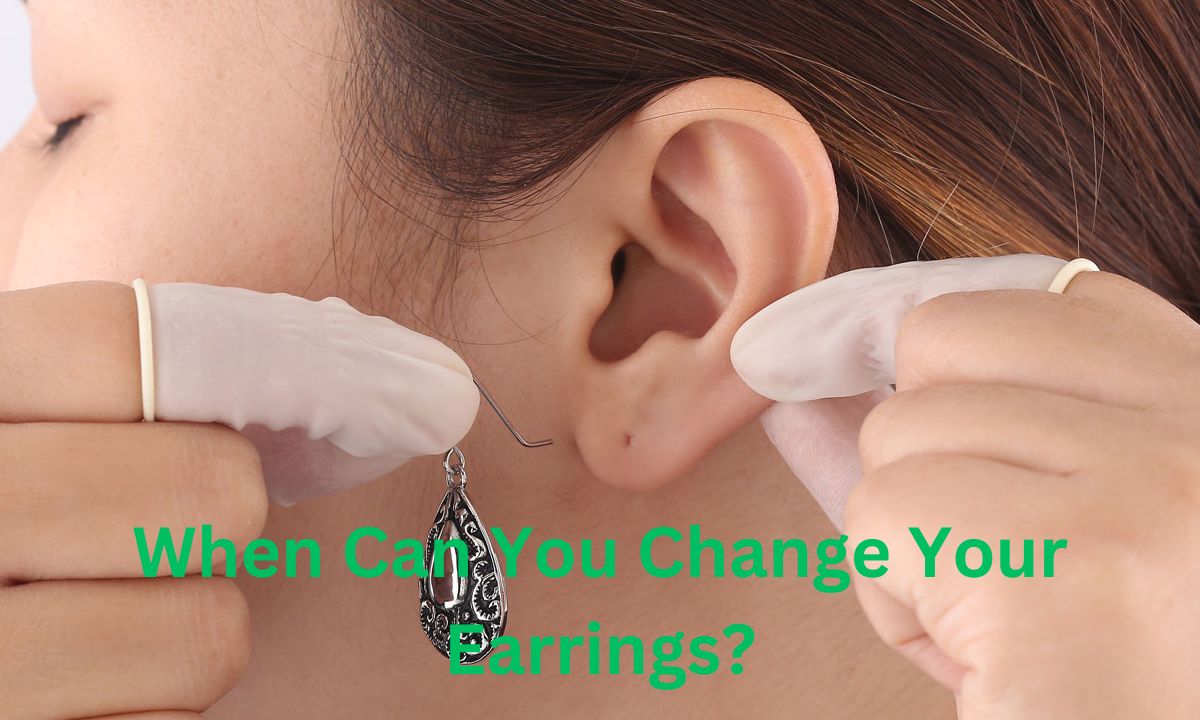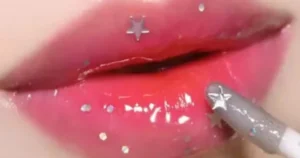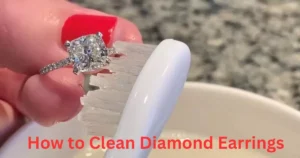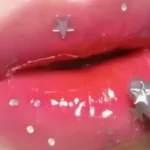You generally need to wait 4-6 weeks before changing earrings in a new piercing to allow it to fully heal. Cartilage piercings may take even longer, up to 12 months. During the initial healing period, it’s best to avoid changing jewelry to prevent irritation and potential infection. Always consult your piercer if you have questions about when your unique piercing may be fully healed.
How long to wait before changing earrings after piercing?
The general recommended time to wait before changing earrings in a new piercing is 4-6 weeks. This waiting period allows time for the piercing to fully heal. However, some factors can affect the optimal healing time:
- Piercing location Earlobe piercings usually heal faster than cartilage piercings, which take longer (6-12 months).
- Personal health Underlying health issues like diabetes or a weakened immune system may slow healing.
- Aftercare method Using sterile saline solution to clean piercings 2x daily, avoiding touching or moving jewelry as much as possible speeds healing.
Factors that affect the healing time of a new piercing
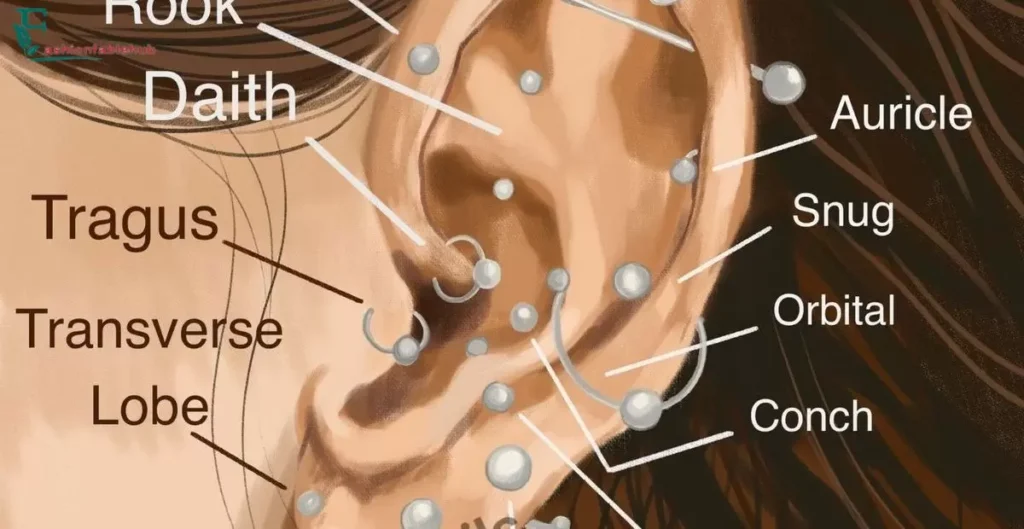
In addition to piercing location and personal health, other factors that can impact healing time include:
- Type of earring material Implant-grade stainless steel or titanium allow healing with less irritation. Avoid non-medical grade materials.
- Activities Health may be impacted by activities like swimming, contact sports, hair washing that move the jewelry during healing.
- Trauma Anything that introduces extra trauma like jewelry snags or knocks will prolong the required healing window.
- Age New piercings tend to heal more slowly in older individuals versus teenagers/young adults.
The best types of earrings to wear during the healing process
During initial healing, flat back or threadless labret style studs made from implant-grade materials are recommended. These minimize movement and risk of trapping bacteria. Hoops, rings or dangling earrings are too complex for new piercings.
How to take care of your new piercing
- Clean piercings 2x daily with sterile saline spray or saline soaks.
- Avoid touching or moving jewelry as much as possible beyond cleaning.
- Do not use eyebrow makeup, Lotions/oils or attempt to clean with alcohol which can dry skin.
- See your piercer if you notice redness, swelling, pus or other signs of infection.
- Be aware of allergy symptoms like itching, rashes that could mean your body doesn’t tolerate the metal alloy.
Signs of infection to watch out for piercing
Pay attention for these potential signs of infection such as:
- Increased pain, tenderness or swelling around the site
- Pus or oozing around or from the site
- Redness or hot skin around the piercing
- Fever
When to seek medical attention for your piercing

See a doctor right away if an infection is suspected based on symptoms like persistent itching, severe pain and swelling, pus or fever. Antibiotics may be needed. It’s also wise to see a piercer or doctor if complications occur like embedment, migration or rejection.
Can you change earrings earlier than the recommended waiting time?
While some piercings may feel fully healed sooner, it’s best not to chance it by changing earrings early as this risks tearing newly formed skin cells and setting back the healing process. Waiting the full 4-6 weeks or longer for cartilage ensures stability.
What happens if you change earrings too soon?
Potential risks of changing earrings too early include:
- Prolonged healing time
- Increased risk of bacterial infection entering the site
- Scarring, irritation bumps or embedment from prematurely stretching new skin cells
- Possible rejection if the piercing hole closes up after premature jewelry removal
How to change earrings safely after piercing
When the time is right to change jewelry, follow these tips:
- Wash hands and sterilize all jewelry elements before handling
- Gently clean the piercing site with saline spray beforehand
- Slowly, carefully remove the original stud and replace it with the new one
- Try not to rotate or twist jewelry which could cause trauma
- Resume regular cleaning 2x daily for at least a few more weeks
Why Do I Have to Wait Before I Change My Ear Piercing?
During healing, the final skin layer (epithelium) is regenerating to seal the puncture hole. Changing jewelry too early disturbs this process by prematurely stretching new skin cells. Waiting ensures stability so the skin can rejoin properly without risk of rejection or prolonged healing issues.
FAQs
Can I change my earrings after 2 weeks?
While some piercings may feel ready sooner, it’s best to wait the full 4-6 weeks or longer to be safe. Even if it doesn’t hurt, the skin hasn’t fully healed yet at 2 weeks.
What happens if I change my earrings too early?
Potential consequences are prolonged healing, increased risk of infection, scarring/irritation bumps, and possible rejection if the hole closes prematurely.
How do I know if my ear piercing is healed?
Signs include no pain or tenderness, lack of swelling or redness, and ability to gently clean without issues. However, fully changing jewelry is still not advised for at least 4-6 weeks.
How soon can I wear fake earrings after piercing?
It’s best to avoid any earrings besides the original stud until the piercing is fully healed, even fake earrings pose a risk of disturbance, drying or bacterial entry.
Final Thoughts
Healing new piercings takes time and following recommended waiting periods to change jewelry helps ensure the best outcome. Be patient, keep piercings clean and see your piercer with any concerns. With proper care your beautiful new piercing will be stable and carefree to enjoy for many years ahead!
